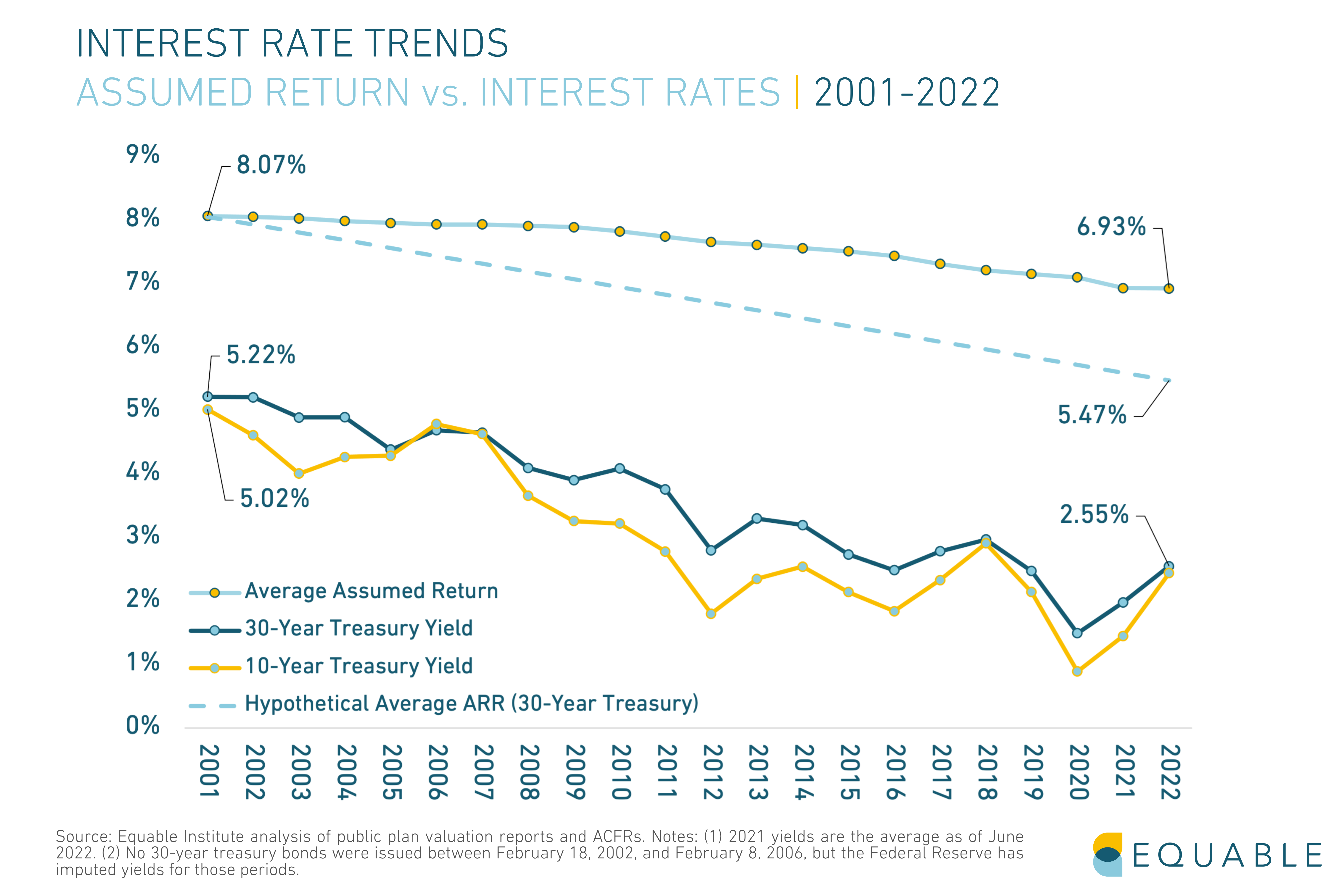Dear Editor:
Though I liked your article about negotiating drug prices, the sentence, “The system is packed with opaque middlemen such as pharmacy benefit managers, many of which are making big rents” is not only wrong but it tarnishes PBMs with the “middleman” slur.
See our recent paper on the industry, in which we survey the evidence. This is from our conclusion,
As a final reminder, we noted in the introduction that PBMs have derogatorily been called the “middlemen” of the pharmaceutical industry. As FedEx—a “middleman” between many retailers
and consumers—has reduced the overall costs of shipping, PBMs reduce the costs of offering pharmacy benefits. Not every plan sponsor needs to (nor can) negotiate with manufacturers, keep
up with clinical developments, contract with the nation’s 66,000 pharmacies, and build systems to adjudicate and process claims.
Happy to write an article for you on what PBM’s do, and how they negotiate lower drug prices, based on the paper. I think it would clear up a lot of misconceptions.
Loyal reader,
Prof. Luke Froeb
Vanderbilt University
---------------------------------------
CV Bio Textbook Blog MBA-BS'er LearnRegression.com CompetitionToolbox.com
“In twenty years [but don't wait!], it will
be seen as the standard way to teach
economics.” — Robert E. Litan,
Kauffman Foundation and the Council
on Foreign Relations
Formularies, Rebates, and the Economics of PBM Bargaining
Vanderbilt Owen Graduate School of Management Research Paper
60 Pages Posted: 9 May 2023
Vanderbilt University - Owen Graduate School of Management
University of Connecticut Department of Economics
Date Written: May 8, 2023
Abstract
For 181 million Americans not on Medicare or Medicaid but insured through their employer, labor union, or private insurance health plan, the primary restraints on pharmaceutical prices are pharmaceutical benefit managers (PBMs) who administer health plan drug benefits. PBMs use the aggregate demand of their constituent plan sponsor clients — employers, unions, government agencies, health insurers, and others — to negotiate lower prices.
Recently, the use of formularies and PBM-negotiated rebates have come under fire. Critics allege PBMs act to maximize rebates rather than reduce prices, and that rebates lack transparency, contribute to increasing prices, and are not passed on to the benefit of patients. Yet, sophisticated plan sponsors have choices in how to administer their prescription drug benefits and almost all choose to hire PBMs to manage their drug benefit rather than internalize drug procurement, negotiation, clinical evaluations, and benefit administration.
This report examines the role of formularies and rebates in the provision of prescription drugs. We respond to the criticisms of PBMs by discussing the often misunderstood principles of formulary management and rebates and how they are essential parts of the bargaining process between PBMs and pharmaceutical manufacturers. We demonstrate that economic logic and evidence, as well as multiple investigations by independent and government groups, find that PBM bargaining reduces drug prices.
Keywords: drug pricing, pharmacy benefit managers, PBMs, rebates, formulary design, prescription drug market
JEL Classification: C70, D4, I11, I13, I18, L1, L42
Suggested Citation:
Froeb, Luke M. and Shor, Mikhael, Formularies, Rebates, and the Economics of PBM Bargaining (May 8, 2023). Vanderbilt Owen Graduate School of Management Research Paper, Available at SSRN: https://ssrn.com/abstract=4442064 or http://dx.doi.org/10.2139/ssrn.4442064




